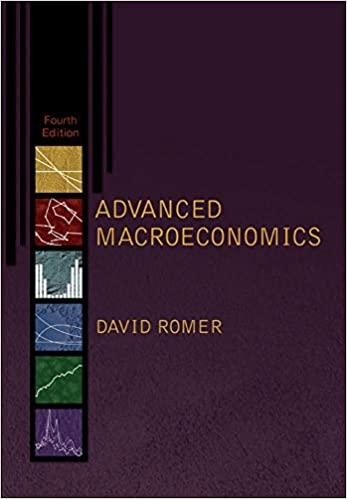6.13. Thick-market effects and coordination failure. (This follows Diamond, 1982.)33 Consider an island consisting of N people
Question:
6.13. Thick-market effects and coordination failure. (This follows Diamond, 1982.)33 Consider an island consisting of N people and many palm trees.
Each person is in one of two states, not carrying a coconut and looking for palm trees (state P) or carrying a coconut and looking for other people with coconuts (state C ). If a person without a coconut finds a palm tree, he or she can climb the tree and pick a coconut; this has a cost (in utility units) of c.
If a person with a coconut meets another person with a coconut, they trade and eat each other’s coconuts; this yields u units of utility for each of them.
(People cannot eat coconuts that they have picked themselves.)
A person looking for coconuts finds palm trees at rate b per unit time.
A person carrying a coconut finds trading partners at rate aL per unit time, where L is the total number of people carrying coconuts. a and b are exogenous.
Individuals’ discount rate is r. Focus on steady states; that is, assume that L is constant.
Step by Step Answer:







